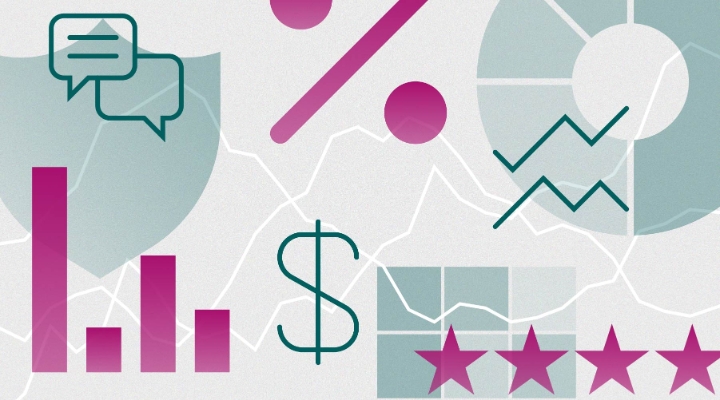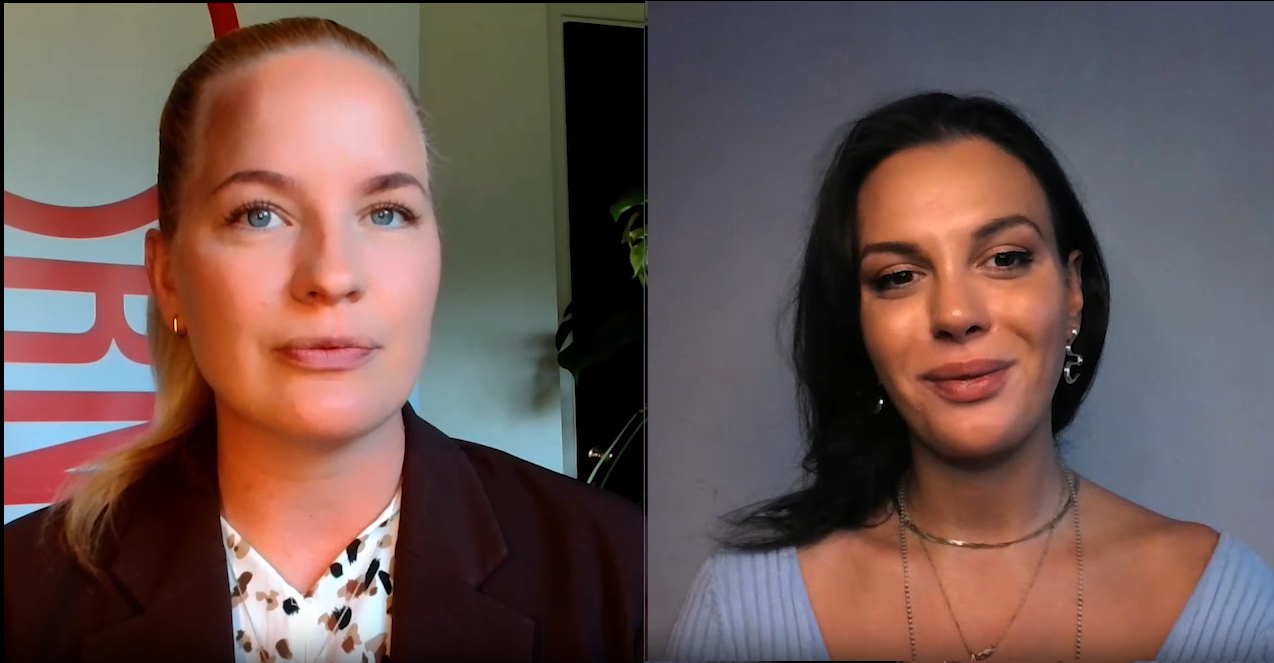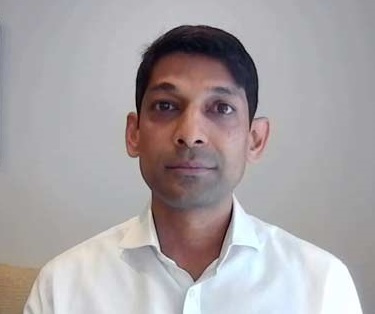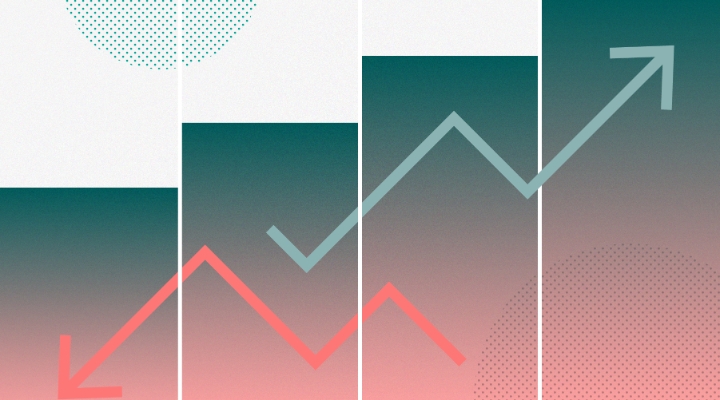Lukas Strobl: When a fund achieves a 7% return over a set period, that usually doesn't mean that its investors became 7% richer during the same period. There's usually a gap due to poorly timed entries and exits. Morningstar's Mind the Gap report measures where that difference is worst, and what to look out for to be on the winning side of this. Matias Möttölä is a Morningstar Research Director who co-authored the International Report.
First off, Matias, where are the most glaring gaps between fund return and investor return?
Matias Möttölä: Yeah, Lukas, it's been a tough period for investors over the last five years with Covid crisis and yields rising in the U.S. And so, asset prices have just moved around much more, and that shows in the results, especially in things like alternative energy, China funds, some technology funds, really areas where you may have had a large run-up in prices, but then also some disappointing periods. And those are some of the areas where investors had a tough time. And another important finding, I think, is that within categories of similar funds, it were the more riskier ones where investors had larger gaps so the investor returns were lower than their total returns.
LS: Is that because those areas investors tend to be jittery, getting in and out more frequently?
MM: Yeah, it seems that when the news cycle kind of drives your attention and you kind of realise that there's a new interesting investment opportunity, often that investment opportunity is perhaps no longer there, or at least some of the run-up is already behind when you get on board. So that is really a big problem that the investors have.
LS: So, are there any instances where investors actually did better than the underlying funds?
MM: That is rare, but the gaps were really small in areas like allocation funds. And this is a result that we've also seen before. And I think that's definitely positive news, because these are funds that are used often by investors who don't think they are expert enough to go and select their own funds or stocks. And so, these people have kept to their plan and been systematic about their investment and not try to trade their way to better results. I think that's a positive finding, definitely. And another area where the gap was again relatively small was passive equity funds compared with active equity funds. And that just shows that these funds are often core parts of portfolios. And it has again been good to see that investors have kept to those investments and their plan, and being patient with their money.
LS: The report also found geographical variants with country-focused funds exhibiting much larger gaps in some countries than in others. So, how do you explain that?
MM: Yeah. So, single country funds are typically more concentrated, and they are also in the bigger universe of investments. They are kind of niche investments. And that's where a lot of the worse behaviour happens in the sense that these funds are perhaps not part of the core. They are not like something that you would just hold on to, but rather something that you go in when you think the time is opportune and then try to get out. And again, this type of timing is just very, very difficult.
LS: So, it sounds like the way to minimise one's performance gap is to avoid chasing trends, keep it broad and stick around for the long term. Thank you for explaining this, Matias. For Morningstar, I'm Lukas Strobl.




























